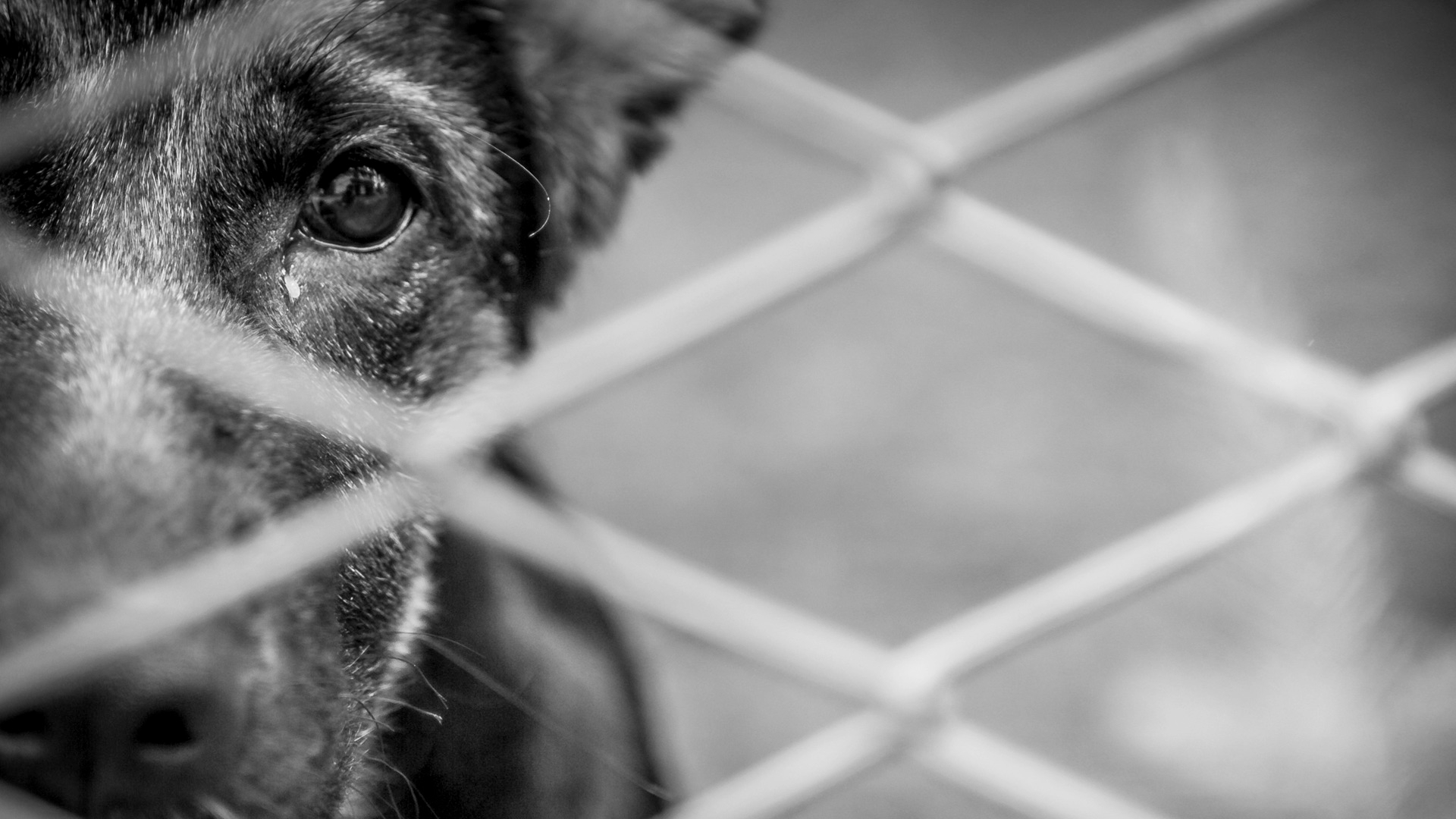Animal Bite Prevention:
Summary:
Most animal bites are potentially preventable. Animal bite prevention involves all parties associated with a potential bite incident. this includes the bite victim, animal owner, and the community at large. Each has a role to play in reducing the occurrences of animal bites. Did you know it is estimated that 30% to 90% of dog bites are in some manner provoked?


Most animal bites are potentially preventable. Animal bite prevention involves all parties associated with a potential bite incident. this includes the bite victim, animal owner, and the community at large. Each has a role to play in reducing the occurrences of animal bites.
Children are most vulnerable to animal bites and benefit the most from animal bite prevention training. School districts should consider incorporating animal bite prevention information into the curriculum for students as early as kindergarten. Even a single session on the key strategies to prevent dog bites can improve behavior in young children [Chapman 2000]. School administrations can schedule special presentations by local animal control officers or veterinarians to further reinforce these skills. Parents should acquire these skills and re-emphasize their importance to their children in the home and elsewhere.
Persons who engage in outdoor recreational activities (e.g., running, bicycling, hiking) should be instructed in strategies to defuse a situation where they encounter a potentially biting animal. Similarly, elderly persons should be provided information on risks to themselves from animals, as well as possible risks their own animals pose to young children (e.g., grandchildren) and other persons to 40 to whom they are not accustomed. Finally, local print and broadcast media can disseminate objective and factual information on animal bite risks and preventive measures.
Regarding animal bite prevention, you have two groups to consider: potential victims, and animal owners.
Potential victims
It is estimated that 30 to 90 percent of dog bites are in some manner provoked [Smith 2000]. Children primarily should be taught how to interact safely with dogs known to them and avoid contact with dogs unknown to them. Children too young to appreciate and learn these techniques should be supervised at all times when a dog is present. Young children should never be left alone with a dog, even one known to them.
Strategies for averting bites from a dog
- Always ask permission from the owner before approaching or petting a dog.
- Let the dog approach and sniff you first before touching it.
- Gently pet the dog on the back or side, not on the head or face.
- Remain calm and quiet. Do not make any sudden movements or loud noises.
- Do not disturb a dog that is sleeping or eating.
- Do not attempt to remove food, ball, toy, or other items from a dog's possession.
- Do not put your face close to the dog's face or stare directly into its eyes.
- If you are chased by a dog, stop, stand still, and be tall and quiet.
Animal owners
Animal owners have legal responsibility for their animals' actions, whether on or off their property. In 2011, 527 homeowners insurance claims for dog bites filed in California resulted in $20.3 million in costs, or approximately $38,500 per claim [Manning 2012].
Selecting the appropriate pet
Prospective pet owners should select a pet whose disposition is compatible with the environment, family structure, and household dynamics. Prospective dog owners should take time to properly socialize and train any new dog brought into their home.
Socialization and training
Proper socialization can enable dogs to recognize acceptable play that does not involve biting. Dogs should be socialized early (6-12 weeks) with other dogs and humans. Exposing the puppy to a wide variety of environments and situations will help to defuse fear and potentially aggressive responses when confronting an unfamiliar setting. Puppies should be trained in fundamental leash obedience and response to a set of simple voice commands. Group training classes for puppies provide expert instruction and socialization opportunities. The socialization and training skills learned in these classes should be reinforced throughout the dog's life.
Desensitization to threatening situations
A dog bites when it feels threatened or overwhelmed in a situation. When a dog becomes aggressive, it cannot learn at that moment. Punishing a dog in that instance will serve only to exacerbate its insecurity and fear. For most dogs, removing them from the situation will calm them. Some dogs may be calmed by providing reassurance during these situations and providing positive reinforcement (verbal praise, food treat) when the dog remains calm. For dogs with frequent recurrent aggression, it is critical to identify the root cause and attempt to desensitize it. A board-certified veterinary behaviorist can help define a dog's aggressive behavior and work with the dog owner to address this problem.
Maintaining good health
Dogs in pain may respond to normally benign stimuli disproportionately and aggressively. Also, certain diseases, medical conditions, and pharmaceuticals can alter a dog's hormonal balance and directly lead to enhanced agitation and aggression. A dog with existing aggression problems should be thoroughly examined by a veterinarian to ensure that it has no contributory underlying medical condition. All dogs should be provided routine veterinary care to maintain maximal physical and psychological health. Gonadal alteration (ovariohysterectomy, castration) can modulate a dog's innate aggressive tendencies and remove a principal motivation to stray off property.
Supervision and control
Dogs should be confined to the owner's property in a secure fashion that not only restricts the dog from escaping the property but precludes unauthorized persons from entering spaces where direct contact with the dog is possible. Tying or chaining a dog to a fixed structure is neither a humane nor reliable means of restricting a dog's movement. All dogs should be under a responsible adult's direct physical control (e.g., leash with collar or harness) when they are off their property and have potential contact with other dogs or people. Within the home, dogs should not be left alone with small children. Similarly, dogs that are reluctant to interact with a given individual or group of persons should not be compelled to do so. Dogs should always be permitted the option to avoid a situation that they perceive as threatening.
In contrast to dogs, most cat bites occur off the cat's owner's property. Ordinances to restrict or restrain the movement of cats off their residential premises are rare. Many cat owners permit their cats considerable liberty to engage in itinerant wanderings unchecked and unsupervised. Free-roaming cats, be they owned or not, increase the range and number of persons susceptible to suffering a bite. The American Veterinary Medical Association, American Association of Feline Practitioners, American Animal HospitalAssociation, and other professional organizations strongly encourage owners to keep all cats indoors as much as possible. If allowed outdoors, these organizations recommend that cats be kept within a confined area, on a leash, or closely supervised to prevent contact with strangers and wild animals.

